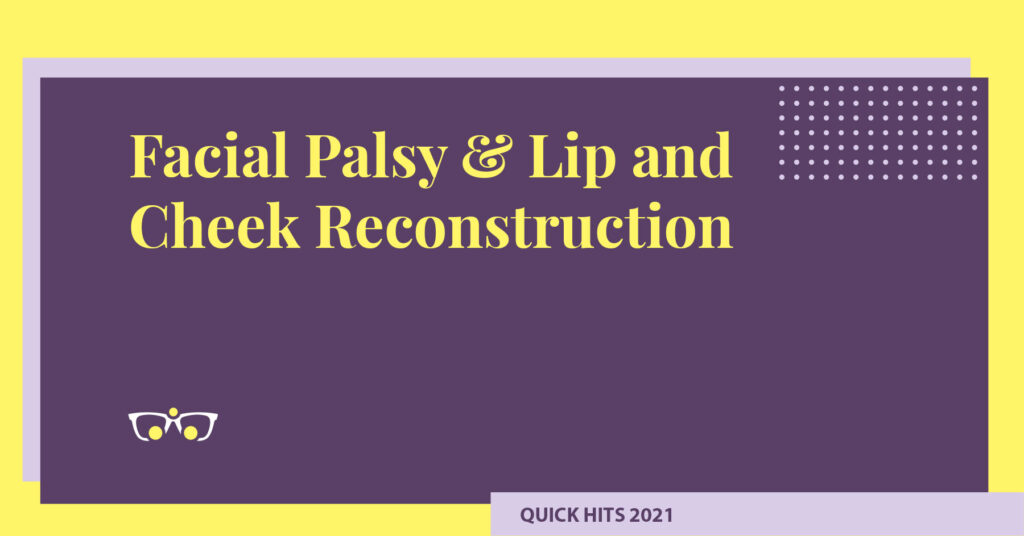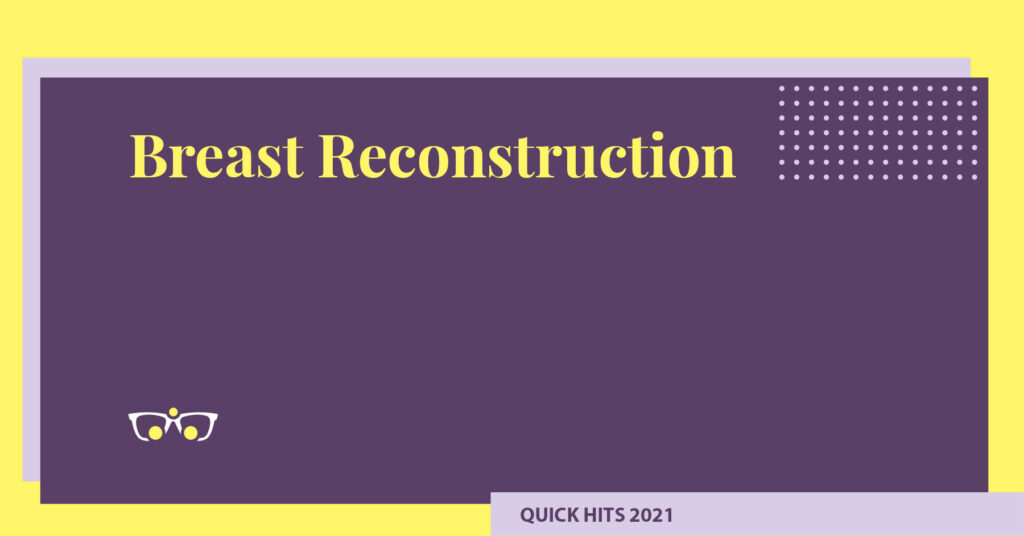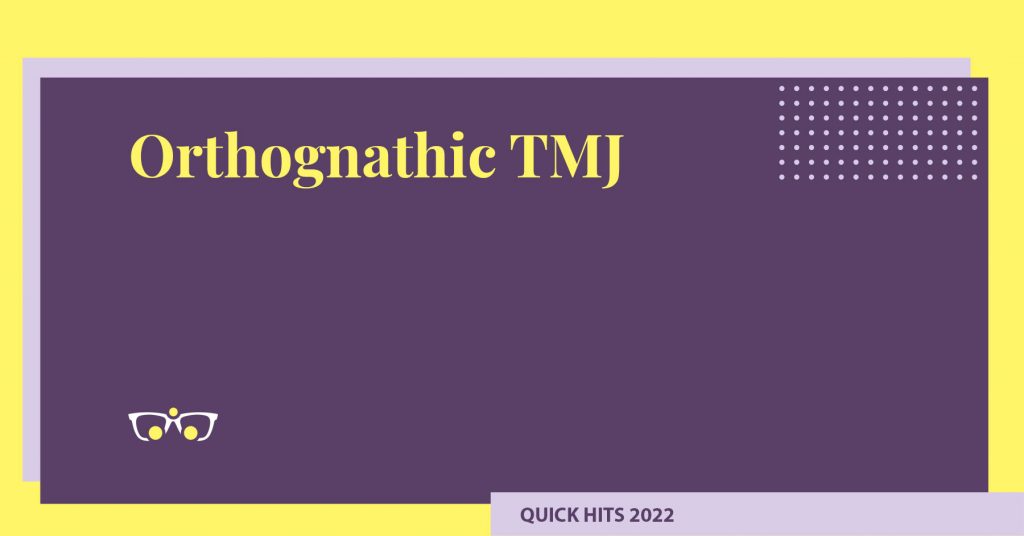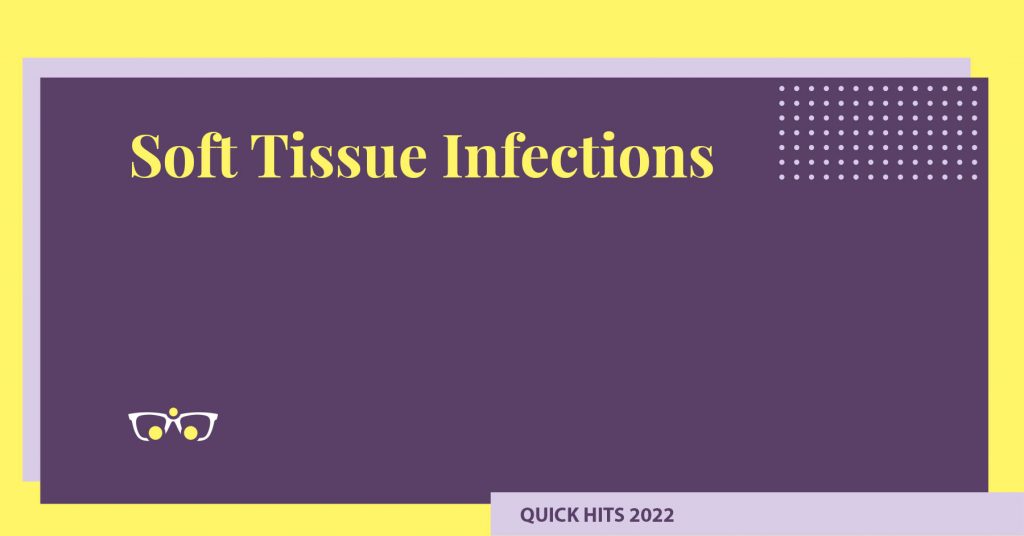CO2 lasers
- Used for laser skin resurfacing
- Chromophore is water
- Hyperpigmentation is most common adverse effect of laser resurfacing for Fitzpatrick Type III or IV
- Treat with hydroquinone and tretinoin, usually resolves within a few months. Must stop isotreinoin or acutane for 12-18 months prior. Tretinoin is used as pretreatment
- Rates of hyperpigmentation reduced by pretreatment with retinoic acid and bleaching agents
- Erythema is normal and can last 1-4 months depending on type of laser used
- Ascorbic acid decreases duration and severity of erythema following laser resurfacing
- Hypopigmentation is the main long term complication
- Er: YAG: treatment of choice for ablative resurfacing of skin: 2940nm- greatest affinity for water, (compared to CO2) decreased thermal heating, minimal contraction of dermis, creates transudative wound (photomechanical), less coagulative necrosis, decreased permanent hypopigmentation
Vascular lesions
- Pulsed dye good for capillary lesions, port wine stains 585nm
- Chromophore is oxyhemoglobin
- KTP 532 good for superficial vascular telangectasias; especially in face, red facial capillaries
- Ed:YAG, diode, and erbium (infrared lasers at wavelengths 1064 to 1540)- best for acne scars
Tattoo removal
- Q-switched good for tattoos (includes ruby -violet, ND:yag, alexandrite). Uses principles of photothermolysis
- ND yag 532 good for red/orange/yellow
- ND yag targets blood vessels, red blood cells, collagen, melanin
- Q-switched alexandrite (755 nm) for green tattoo ink
- ND YAG 1064 (pulse duration short, high affinity for water, minimal tissue necrosis, low coag necrosis, photomechanical, collagen contraction less than CO2)- black
- Good for foreign body removal
- Good for vessel reduction in the leg
- Long pulsed 1320 used for non-ablative skin remodeling (varicose veins)
Laser hair removal
- Targets melanin in hair follicle so it is not useful in fair haired patients
- Electrolysis used for hair removal in fair skin patients
- Otherwise, often use long-pulse Nd:YAG
- Safety
- Can have acne post-laser treatment of herpes simplex outbreak in those with and without a history
- Reactivation of HSV is most common infectious complication after resurfacing
- Antiviral prophylaxis now used in all patients undergoing laser resurfacing
- Herpes outbreak despite oral management: IV antiviral and antibiotic; give prophylactic HSV prior to laser treatment
- High-efficiency smoke evacuator placed within 1 to 2 cm of the smoke plume, high-filtration or laser masks should be used instead of standard surgical masks
- To prevent fire for laser: use conscious sedation, nerve blocks, and no supplemental oxygen







